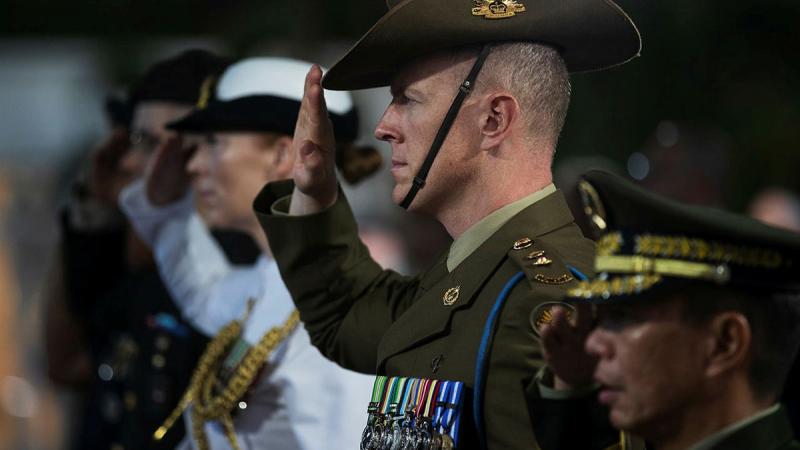If you’ve seen a black cockatoo with a red tail drinking at a watering spot in the late afternoon, please let us know.

The threatened glossy black-cockatoo’s peak nesting season is now, and the Biliirrgan Project’s Glossy Squad is keen to protect glossies’ nests.
Led by the NSW Department of Planning and Environment’s Saving our Species program with partners including BirdLife Australia, Landcare, and the Clarence Environment Centre, the project wants to hear of any sightings across the area.
Glossies are the only black cockatoo with red tails in northern New South Wales. The females have yellow on their heads and pairs mate for life.
Female glossies lay a single egg in a vertical tree hollow, then stay put for a month while it incubates. During that time, the female relies entirely on her mate to feed her. He eats for 2, gorging himself on she-oak (allocasuarina) seeds each day.
Late in the afternoon he drinks – again for 2 – before returning with food supplies to his nesting hen who can be heard ‘begging’ or calling for food. Only after the chick hatches does the hen leave the nest.
The Black Summer fires of 2019–20 burnt nearly half of the glossy habitat in northern New South Wales, resulting in a significant loss of feed and nest trees.
Protecting nest trees is crucial to conserving the glossy black-cockatoo, however at this stage there are only a handful of nests known across the whole of northern New south Wales.
The Glossy Squad needs eyes on the ground to find more active nests so the remaining birds can be monitored and protected.
Let the Squad know if you see glossy black-cockatoos drinking in the late afternoon, or any of these nesting signs:
- a female bird (identifiable by yellow on her head) begging and/or being fed by a male (with plain black/brown head and body and unbarred red tail feathers)
- a lone adult male, or a male with a begging female, flying purposefully after drinking at the end of the day.
Glossies only eat the seeds from she-oak (allocasuarina) cones and need to drink water each evening. They can be seen at watering holes, dams or other fresh water sources at dusk.
Please report any sightings through the online survey








